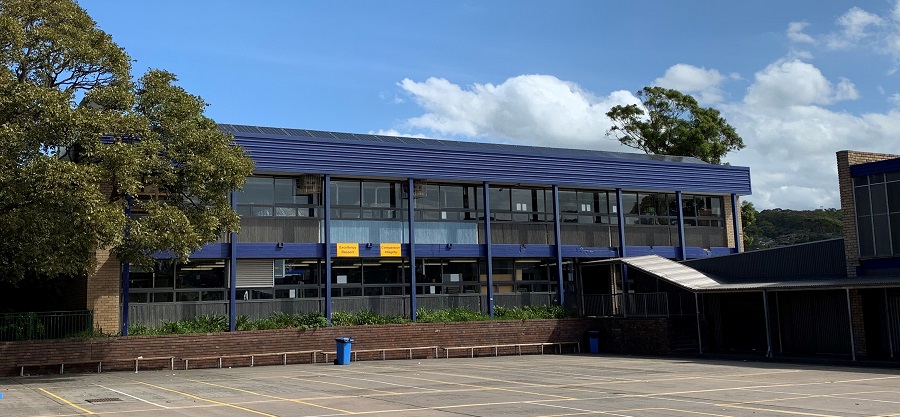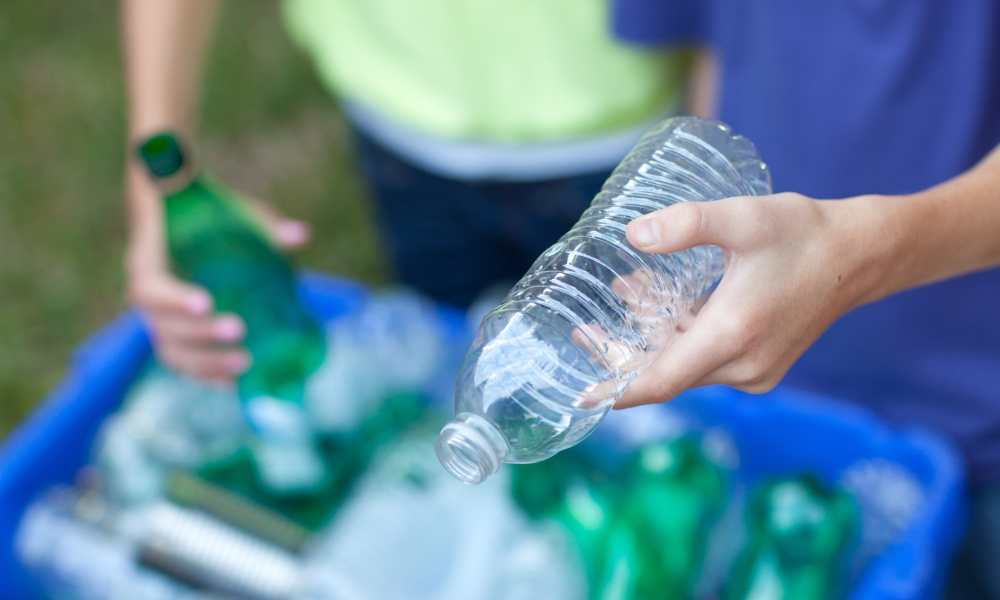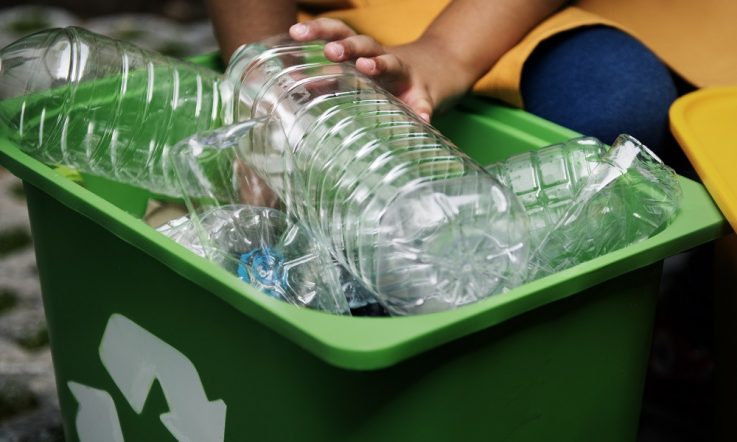Warilla High School in the Illawarra region of New South Wales is on its way to becoming entirely self-sufficient with electricity, thanks to fundraising efforts by students.
As a large school of 1400 students, the annual electricity bills sits around $70 000. In 2019, students at Warilla were involved in the Friday Days of Climate Action, where schoolchildren around the globe walked out of classes to protest climate inaction from governments and businesses. At the same time, students at Warilla were thinking about their own impact and what they could do in their school community to clean up the local environment.
Teacher Brandon Harry says the school is located close to the ocean and most of the students either surf or swim there, so they see firsthand the impact of plastic left on the beach.
‘They understand the importance of caring and looking after the environment, especially because our school is very close to the beach and all of our students have a strong connection with the beach and that lifestyle – so we're very much aware of the impact humans can have on wildlife and on scenery and landscape,' he tells Teacher.
Students taking action
Members of the Student Representative Council (SRC) decided to take part in the New South Wales Return and Earn container deposit scheme, collecting bottles and cans for a 10 cent refund. The money collected would go towards solar panels to be installed on the school rooftops.
The students first acquired recycling bins, and a volunteer student ‘Sortin' Squad' was formed to separate the recycling before returning it. Students also make sure the drink bottles and cans from the cafeteria – 8000 containers per semester – are all returned. They collect them at school events like the athletics and swimming carnivals.
To build momentum for the initiative, staff introduced a competition whereby students who donate to the container deposit scheme are rewarded with a point towards the school's overall reward system. ‘We have reward excursions at school and to go on those reward excursions you need a certain amount of our reward points. For students who really wanted to go to, say, the Easter Show, they needed to have 100 points or something. So if students returned 100 bottles, then they'd get 100 points and could go on the excursion,' Harry explains.
In the beginning, students raised $2500 for the first 50 panels and another 50 panels are due to be installed soon. The school executive is very supportive of these endeavours and also contributed funds to the panels, which Harry says has already cut the power bill by $2000 a month.
‘We've already been able to see the difference – $2000 a month to a school is a lot of money, we can do a lot with that… that is a lot of money that we can put back into students' learning and teaching and learning and facilities and upgrading technology and all of those things.
‘And then the department and the school have decided to change all of our lights from fluorescent to LED and that will drastically cut our power bill again. We've just paid for our last instalment of solar panels so we will be pretty much, completely self-sufficient with power by the end of this year,' he adds.

The solar panels have been installed on the roof of Warilla High School. Image supplied.
Students as leaders at school
The idea for this scheme was borne out of SRC meetings with students, but they needed to get the school leadership on board to get it off the ground.
Harry says they began by writing a business case that presented their idea and why it was important to them. Once they got approval (and financial backing) from leadership, they then spruiked the idea to the wider community at assemblies and in newsletters and email drops. Harry says it was important that students led the initiative and brought it to fruition.
‘I think it's important for the kids to lead the way because we work here at the school, but the school is theirs, really. Schools don't exist for teachers to be here, the school exists for students to learn in. And for students to have some sort of ownership over their learning environment, allows them to learn more.'
The 40 or so students that make up the SRC at Warilla were guided by Harry and his colleague Jay Gehrels, as well other staff members. Harry says the project has become a really nice, big team effort that has brought many stakeholders together.
‘It was very much a joint effort with the kids and just figuring out how we can help them meet their own goals. We definitely understood the importance of student advocacy on their behalf. We really wanted to support them in what they wanted to do,' he says.
In what ways does your school support students to lead initiatives, both within the school itself, and the wider community? What impact does it have on their overall engagement with these initiatives?
Students at Warilla High School were supported to make a genuine difference to the school’s environmental and fundraising efforts. Is this something you could do with your students? How would you get started?



